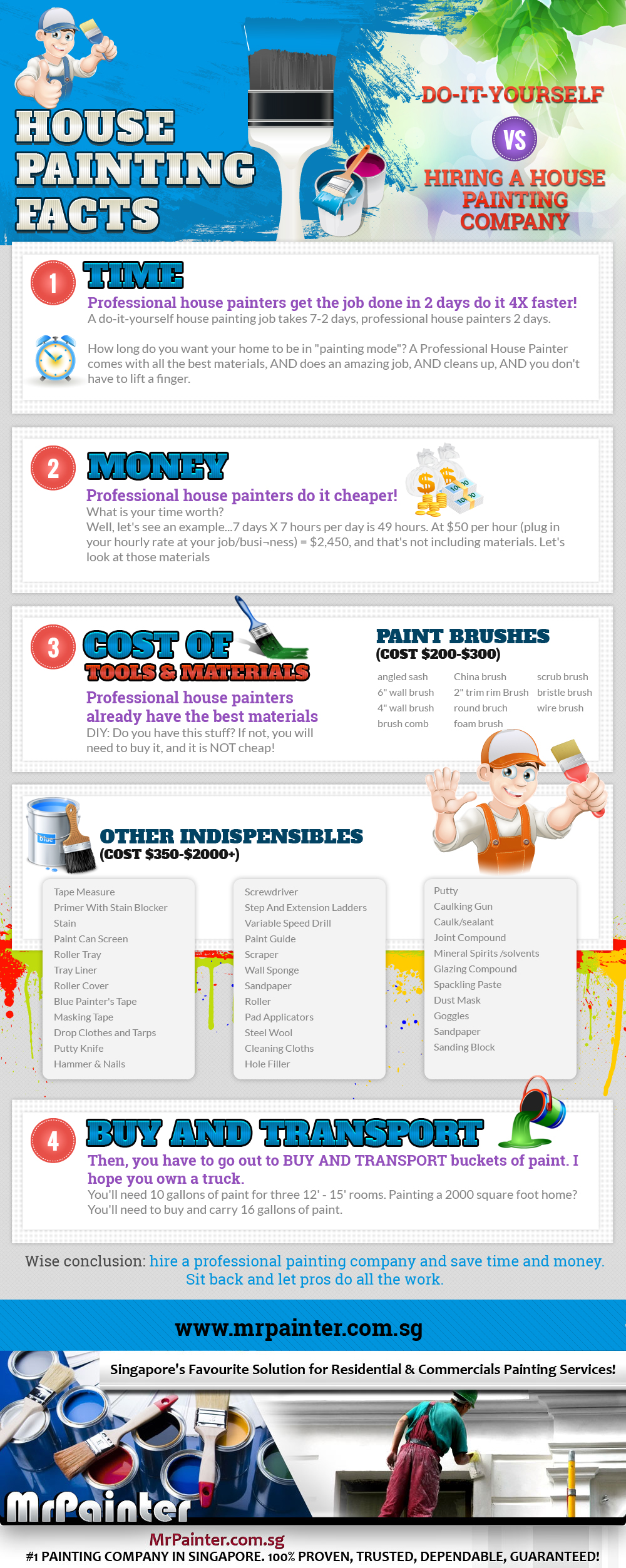The Function Of Weather In Commercial Outside Paint: What You Need To Know
The Function Of Weather In Commercial Outside Paint: What You Need To Know
Blog Article
Published By-MacKinnon Dohn
When you're planning an industrial outside paint project, don't underestimate the effect of weather condition on your outcomes. You require to take into consideration variables like temperature level, humidity, and precipitation, as they can make or damage your paint work. For instance, did you understand that ideal problems call for details temperature level varieties and moisture levels? Falling short to keep track of these aspects can bring about uneven surfaces and even damage to fresh paint. Comprehending these aspects is crucial to accomplishing a resilient, expert outcome. So, what specific weather conditions should you be wary of?
Temperature Considerations
When it comes to commercial outside painting, temperature level plays a crucial function in the result of your project. If you're repainting in extreme warm, the paint can dry as well rapidly, bring about issues like inadequate adhesion and uneven finishes. You wish to go for temperatures between 50 ° F and 85 ° F for the very best outcomes. Below 50 ° F, paint may not treat properly, while above 85 ° F, you run the risk of blistering and cracking.
Timing your job with the appropriate temperature levels is essential. Beginning your work early in the early morning or later in the mid-day when it's cooler, specifically during hot months.
Likewise, consider the surface area temperature level; it can be dramatically greater than the air temperature, specifically on warm days. Use a surface thermostat to check this before you start.
If temperature levels are unpredictable, watch on the weather forecast. portland painting services decreases or heat waves can derail your strategies. You do not intend to begin painting just to have the problems alter mid-project.
Humidity Levels
Moisture levels significantly impact the success of your industrial outside painting task. When the humidity is too expensive, it can impede paint drying out and curing, causing a range of concerns like inadequate adhesion and complete high quality.
If you're intending a work during damp conditions, you might discover that the paint takes longer to completely dry, which can expand your project timeline and increase costs.
On the other hand, reduced humidity can also position obstacles. Paint may dry as well swiftly, preventing correct application and leading to an uneven coating.
You'll intend to keep track of the humidity levels very closely to ensure you're functioning within the suitable range, commonly in between 40% and 70%.
To get the very best outcomes, take into consideration making use of a hygrometer to determine moisture prior to starting your task.
If you discover the degrees are outside the optimal variety, you may need to change your routine or pick paints developed for variable problems.
Constantly consult the manufacturer's guidelines for details recommendations on humidity tolerance.
Rainfall Impact
Rainfall or snow can considerably interrupt your industrial external painting plans. When precipitation takes place, it can get rid of fresh used paint or produce an irregular finish. Ideally, you wish to select days with completely dry weather to ensure the paint adheres appropriately and cures successfully. If you're captured in a rain shower, it's best to stop the task and wait on conditions to enhance.
Moreover, snow can be a lot more harmful. Not only does it produce a damp surface, yet it can also decrease temperatures, making it hard for paint to dry. This can lead to concerns like peeling or blistering down the line.
It's vital to examine the weather prediction prior to beginning your task. If rain or snow is anticipated, consider rescheduling.
Always keep in mind to permit ample drying out time in between coats, particularly if the weather remains uncertain.
Conclusion
Finally, keeping an eye on the weather condition is necessary for an effective commercial exterior paint project. By checking recommended you read , moisture, and precipitation, you can make certain the very best conditions for application and curing. Keep in mind to plan your work around desirable climate and constantly comply with producer guidelines. With the right technique, you'll accomplish a lasting, beautiful surface that can hold up against the aspects. Do not let the climate capture you off-guard-- remain notified and repaint smart!
